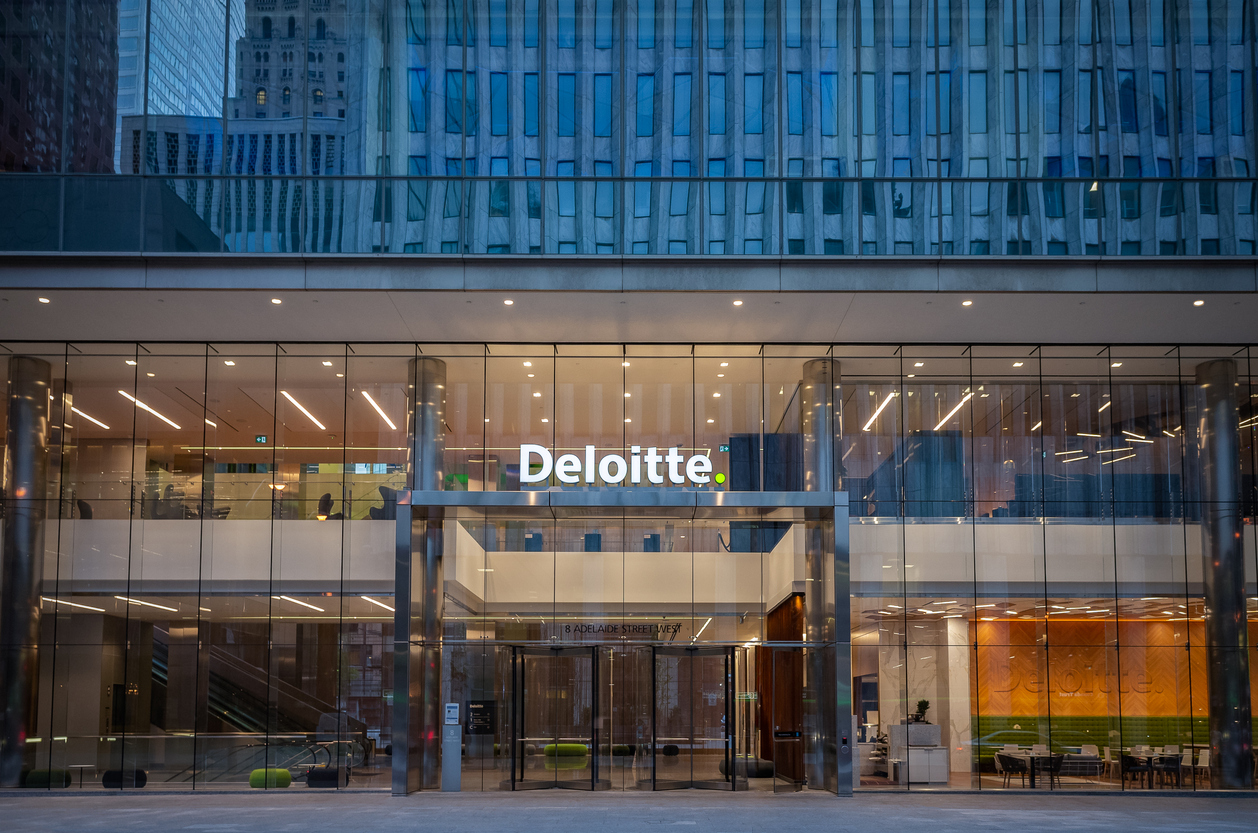Finance Monthly speaks to Michele Parmelee, Global Deputy CEO and Chief People and Purpose Officer at Deloitte, about how the shift toward a hybrid work model is benefitting the company.
Aside from the pandemic, what prompted Deloitte to shift toward a hybrid work model?
We believe the future of work will be more productive and provide an enhanced experience for our people and our clients. We expect most of our workforce will follow a hybrid working model, being more flexible about where work is done at client sites, Deloitte offices, and virtually.
The hybrid work model is just one part of our larger flexible/agile working strategy, which Deloitte first began implementing formally and informally well before the pandemic with an eye toward talent retention and enabling the wellbeing of our professionals.
For us, flexible working can be defined in multiple ways. It can include working remotely or in a hybrid fashion; adjusting schedules to accommodate team, home, and client situations; adopting technology solutions to enable seamless collaboration; and adapting to meet fluctuating business needs. It also may encompass other approaches, such as abbreviated or flexible work hours or working longer, but fewer days each week.
The Deloitte approach to flexible working puts trust in our people to manage the actual day-to-day balance of where work is done while ensuring quality and meeting clients’ needs. We understand that in-person connections are important in building long-term relationships with our people and our clients. So, we are intentional about how we meet to accelerate personal growth, development, and wellbeing, build our culture, and allow us to harness the power of collaboration. We will also continue to leverage our diverse workspaces and investment in world-class Deloitte University campuses to facilitate in-person moments that matter.
What benefits has Deloitte seen since making the change?
We’ve seen many benefits to our flexible working approach, including a positive impact on the attraction, retention, and advancement of women and also, more widely, parents and caregivers of all genders; it also includes a positive impact on the well-being of our professionals, better enabling them to balance priorities inside and outside work.
But we know that the benefits of getting flexible working right go beyond this. Over the past few years, our Millennial and Gen Z Survey has shown that younger generations are overwhelmingly in favour of having more flexibility. And the pandemic has only accelerated this trend—a quarter of millennials and 22% of Gen Zs said they would like to work in the office “a little to a lot less often” than they did pre-pandemic.
Flexible work can also help advance progress toward Deloitte’s environmental sustainability ambitions at a very critical time. When employees work from home part- or full-time rather than commute, they help, in a small but meaningful way, reduce Deloitte’s carbon footprint.
A successful approach to flexible working requires support from leaders. The sudden shift to working fully remote during the pandemic was an equaliser – everyone was online and leaders needed to learn how to engage and lead through this medium. Hybrid introduces a new layer of complexity – some will be “in the room” and some won’t. For hybrid working to work, leaders need to adapt their leadership style to accommodate the different needs of their teams. Encouraging this flexibility and agility has been a focus for us.
We also know that part of this is about making in-person connections more meaningful. These in-person “moments” that matter need to build and enhance connectivity to our colleagues and Deloitte.
Would you say a hybrid work model allows your employees to have a better work-life balance?
Yes, as long as leaders lead in an inclusive and boundary-enabling way; we need to remember that being located at home for the majority of one’s working week can result in a blurring of boundaries. For example, in Deloitte’s recent Women @ Work survey, many of the respondents reported a blurring of boundaries during the pandemic, feeling overwhelmed and judged on the hours spent online rather than work output. “Lack of work-life balance” was the top reason women gave for considering leaving their employer, and they cited “providing flexible working options that do not hinder my career progression” as one of the top three most important ways that organisations can support the retention of women.
Thus, to make flexible working succeed, organisations must make sure they’re fostering a workplace culture that recognises and rewards productivity and performance over presenteeism; one that enables clear boundaries and balance between work and life without fear of adverse career impact. This will come down to policies but it will also come down to how leaders include and manage everyone, regardless of location.
What tools/technologies have aided Deloitte's shift toward a hybrid work model the most?
People need the right technologies to help them work together, even when they’re physically together. Deloitte uses a variety of tools that contribute to our culture of collaboration, including cloud-based tools and platforms, teleconferencing capabilities, and cybersecurity controls, which have become all the more important in a flexible environment.
Our 2020 Resilience Report found that organisations that had invested in technologies and systems that support remote working prior to 2020 were also more likely to successfully pivot and adapt in response to disruptive events—a strong indicator of the relationship between technology, collaboration and resilience. Going forward, tools and technologies that enable seamless collaboration and communication will be increasingly important. Early adopters of new technology will not only have the digital‑first infrastructure in place to continue to support flexible working, but they will also have a digital‑first workplace culture and capabilities.










